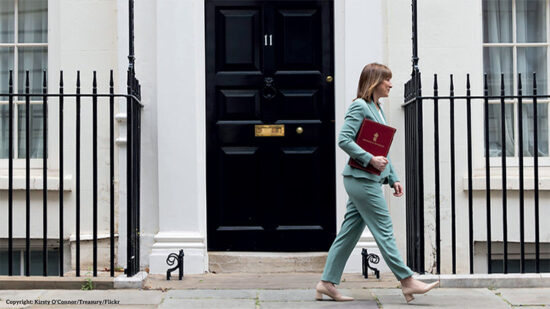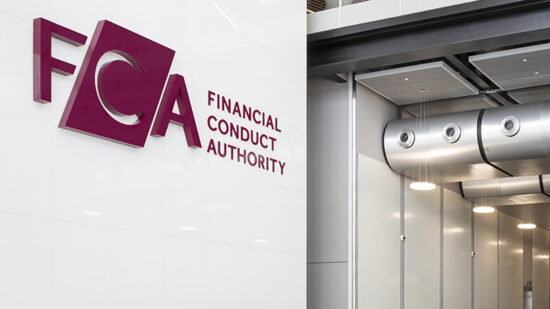The good news about delivering a high standard of service to clients is obvious: it results in satisfied clients. The bad news is that it is easy to hide behind ‘good service’ and fail to notice satisfaction is no longer enough.
For as long as I can remember, we have used satisfaction and loyalty to measure the quality of client relationships. While both are laudable goals, they mask an important point. If your clients are satisfied and loyal, that makes you just as good as everyone else because the vast majority of clients are both satisfied and loyal.
If your goal is to not only build deeper client relationships but differentiate yourself from other advisers, then we need a new, higher standard.
Disrupting engagement
I would suggest that standard is ‘engagement’. The measure itself combines satisfaction, loyalty, share of wallet and referral activity. Clients not only feel good about the relationship, but they advocate on your behalf. And, as I have been discussing in this publication over past months, engagement is being disrupted.
One of the ways that is happening is through a shift to increased personalisation. When we personalise the offer, the experience and communications, we are reflecting what is most important to clients. The challenge, of course, is how do you do that efficiently and profitably?
Let us look at two ways that personalisation can (and should) impact how you engage with clients.
Personalising a review
One of the important ways engagement is being disrupted is through a more active involvement of the client in the creation of value. How you involve clients in co-creating the agenda for a review meeting is a case in point, and there are three options:
- Good. You work from a set agenda for your reviews and ask the client if they have anything to add at the start of the meeting.
- Better. You send the agenda to a client in advance and give them some time to think about whether they have anything to add.
- Best. You acknowledge most clients have a hard time coming up with meaningful agenda items and provide them with a way to contribute by sharing what is on their minds.
Ask most clients if they have anything to add to an agenda and you are likely to get a blank stare. They are thinking about what they ‘should’ discuss rather than the myriad issues that worry or concern them the other 364 days of the year.
Here is a suggestion. Rather than asking clients if they have anything to add to the agenda, send an agenda with a more provocative question that digs a little deeper.
For example, you might include something like the question below, asking both spouses/partners to respond separately. The responses are simply rated one to five, from ‘not at all concerned’ to ‘very concerned’.
In advance of our next meeting, I would like to ask you to rate the following based on your level of concern. We will discuss how this will affect your plan when we meet.
- Leaving a financial legacy for a charity.
- Caring for elderly parents.
- Leaving a legacy for my children.
- Ensuring my partner/spouse is taken care of should I pass away first.
Coping with events that are unexpected, such as an accident.
If you can use that input to guide the review, you will be touching on the issues that are most important and which may not have surfaced without prompting.
You are personalising the review in a meaningful way.
Today, most advisers send clients communications that are designed to educate, appreciate or both. Those might include articles, blog posts or in-person workshops. Whatever the communication, most are sharing something of interest with clients, for example, here is an article on the markets that you might find interesting.








